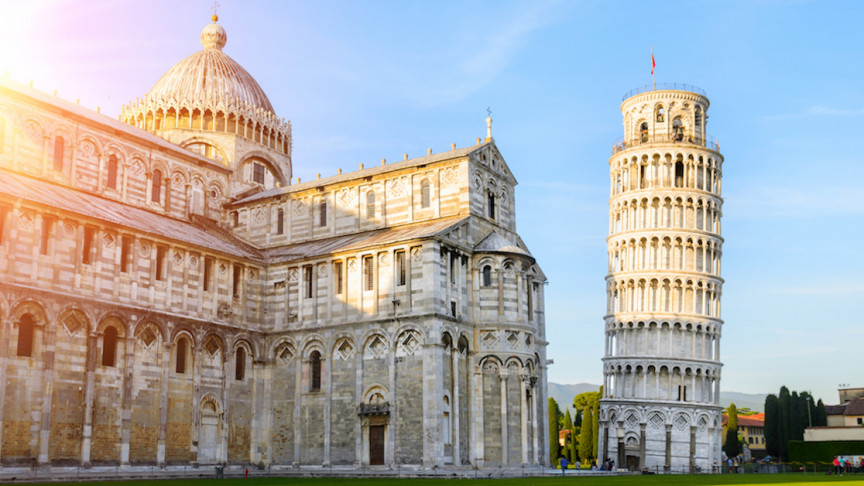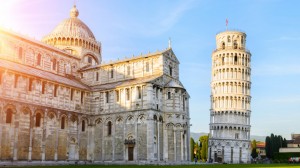
 The leaning tower of Pisa is a famous tourist spot because of its peculiar appearance. While it may be known for its unusual stance, there’s still much to learn about this century-old architecture.
The leaning tower of Pisa is a famous tourist spot because of its peculiar appearance. While it may be known for its unusual stance, there’s still much to learn about this century-old architecture.
Here are some facts we collected to feed your minds.
- The construction took place within two centuries
It didn’t take all two centuries to build the tower. Instead, partial years have been allocated to finish the construction. The construction started way back in August of 1173.
In 1178, the progress was almost visible alongside the tilting of the building. The tilt of the tower is towards the north.
However, construction was halted because of interruptions by military activities. On 1272, work on the tower resumed, but only for 12 years as another conflict breaks through.
The tower will then be completed somewhere around the 14th century.
- The tower’s visible leaning problem
The tilt that is very obvious up to this date is the product of bad planning and poor decisions. The inclination could’ve been easily avoided with easy steps and precautions imposed by architectures and designers.
The primary reason is the foundation of the tower. The tower of Pisa is built in a vulnerable ground, which presents across Pisa. The materials that compromise the foundation are from different rivers that allowed the tower to function poorly.
This foundation conflict then got noticed by the management of the construction when they added the second story, which is too late because the tower is already showing its very famous tilt.
The tilt, however, wouldn’t remain north mainly because of the continuous work on the construction. As they added more and more stories to the tower, the tilt is slightly getting worse. At its peak, the north tilt changed into the south because of the tower’s center of gravity alteration.
- Continual leaning
The trademark lean of the Tower of Pisa is fortuned to continue for a long time. Experts say that 0.2 degrees are the guaranteed tilt that the tower may experience over time. However, this number changed when it increased to 5.5.
In the 2000s, engineers administered a solution to the tower’s consistent problem when they fixed the foundation of the tower. They have also implemented an anchoring mechanism to help the tower’s fight against the tilt.
These efforts are, however, still not enough because the tilt is still persistent and recurring.
Another shot in 2008 has been made, which finally helped the tower achieve its stable and secure stance. It was the first time that an attempt succeeded in solving this problem. The leaning tower of Pisa has since then never experienced a tilt.
The leaning tower of Pisa is an admirable work of architecture that suffered consequences because of its foundation and poor planning.

